There are many ways to choose a meteorite for your collection. You can decide by type - whether you want an iron, stone or rock-iron meteorite. Likewise, you can choose between raw pieces, slices or end cuts, by size or other parameters. But what about choosing a meteorite based on the fascinating history and story that goes with it? A meteorite with a unique past can be a great centerpiece for any collection, adding an interesting element to tell the story.
Erg Chech 002
The Erg Chech 002 meteorite is one of the most remarkable meteorites discovered in recent times. It was found in 2020 in the Erg Chech region of Algeria, and is the oldest volcanic rock discovered to date. This meteorite is exceptional not only for its composition, but also for what scientists have discovered about its origin.
Erg Chech 002 is an achondrite, which means it does not contain chondrules, but has a composition similar to Earth's igneous rocks. Dating has shown that this meteorite is approximately 4.56 billion years old , which means it is only slightly younger than the solar system itself. It is therefore 23 million years older than our planet Earth. This makes Erg Chech 002 a unique testament to the processes that took place during the early stages of planet formation.
According to scientists, this meteorite comes from a protoplanet that was destroyed during collisions in the solar system. Erg Chech 002 has a composition that is similar to primitive crustal materials, suggesting that it was part of the surface layers of this long-extinct body. Scientists have found that it contains rare minerals such as pyroxene and plagioclase, and its composition has made it a valuable sample for studying the evolution of protoplanets and the differentiation of planetary bodies.
This meteorite is also exceptional for its rarity, as no other meteorite with the same composition as Erg Chech 002 has been discovered so far. Its discovery has advanced scientific understanding of planet formation and shown how collisions and differentiation processes influenced the formation of planets in the early solar system.
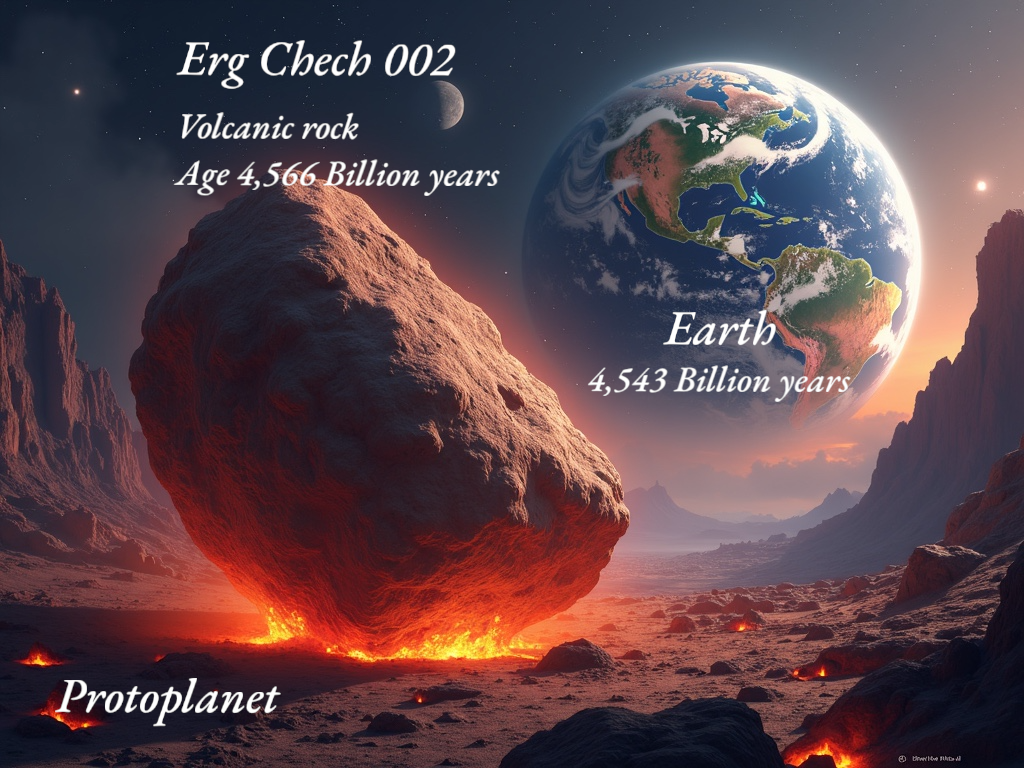
Chelyabinsk
The Chelyabinsk meteorite is one of the most dramatic and best documented meteorite falls in modern history. On 15 February 2013, a bright bolide dazzled the sky over the southern Urals, entering the Earth's atmosphere at approximately 19 km/s. This fiery bolide exploded at an altitude of about 30 km above the ground, causing a blinding flash that temporarily blocked out sunlight and was visible for hundreds of kilometres.
The force of the explosion of the Chelyabinsk meteorite was comparable to the energy of 500 kilotons of TNT, more than 30 times the force of the atomic bomb dropped on Hiroshima. The shock wave shattered windows on thousands of buildings, damaged infrastructure and injured over 1500 people, mostly as a result of flying shards of glass.
The meteorite has been classified as ordinary chondrite type LL5, indicating that it contains relatively low amounts of iron. Scientific analyses revealed that the meteorite fragments contained olivine, pyroxene and small amounts of iron-nickel metal. Research has shown that this meteorite was formed in asteroid collisions billions of years ago and that it travelled through space before being captured by Earth's gravity.
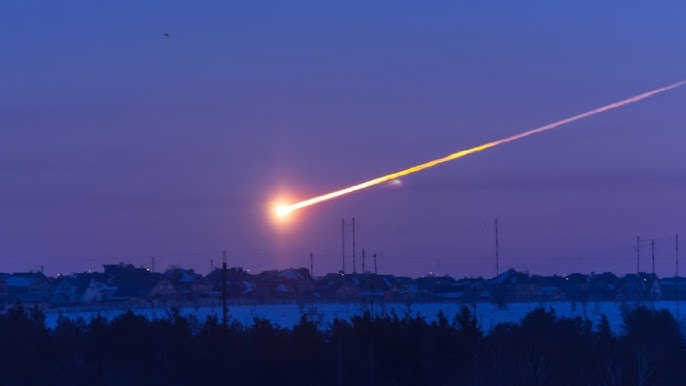
Hoba
The Hoba meteorite holds the title of the largest meteorite found on Earth. This massive iron meteorite, weighing approximately 60 tonnes, was discovered by chance in 1920 on a farm near Grootfontein in Namibia when a farmer ploughing came across the huge metal object. Even stranger, the Hoba meteorite remains where it landed and has never been moved.
Uniquely, the Hoba meteorite did not form a crater when it hit, which is unusual for an object this large. Scientists believe that due to its flat shape and specific angle of entry into the atmosphere, the meteor slowed down enough to land almost "softly" on Earth without causing significant damage to the surface. Hoba is composed mainly of iron and nickel and is estimated to be between 190 and 410 million years old.
This meteorite is valued not only for its size but also for its scientific value. It serves as a fascinating example of how large space objects can reach the Earth's surface relatively undamaged. In 1955, it was declared a national monument of Namibia, which ensured its protection and public access. Today, Hoba is a popular tourist attraction and a subject of interest to scientists who are researching its composition and story.
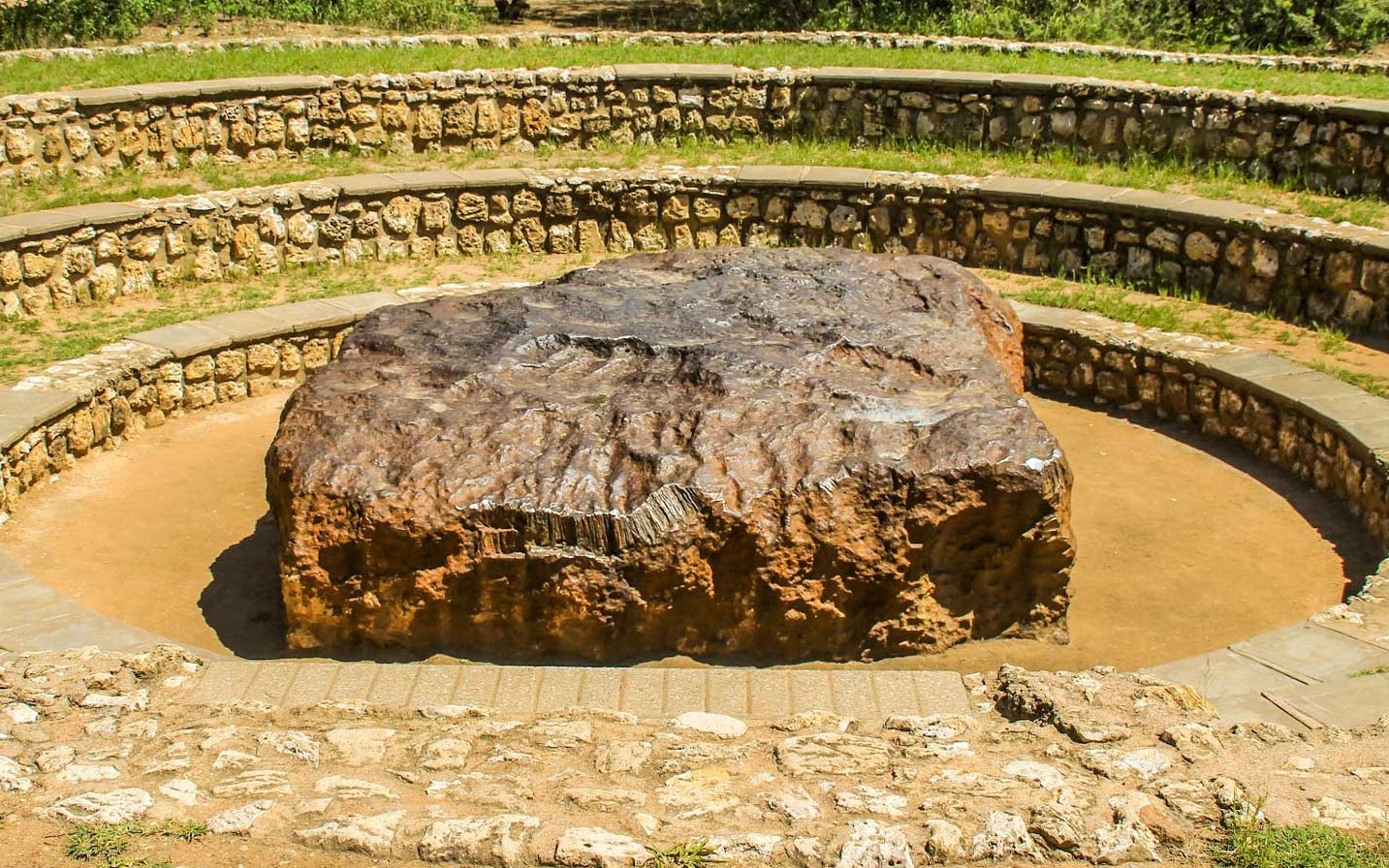
Sikhote-Alin
The Sikhote-Alin Meteorite is another story that captivates with its dramatic history. This iron meteorite fell on 12 February 1947 in Siberia in the Sikhote-Alin mountains. Witnesses described how the bright fireball flew across the daytime sky and exploded at an altitude of approximately 5.6km above the ground. This explosion created a deafening sound and ripped the meteor into thousands of pieces, which scattered across the surrounding landscape and formed dozens of smaller craters.
The impact of the Sikhote-Alin meteorite was so strong that some fragments penetrated deep into the frozen ground and formed craters up to several metres in diameter. The fragments were scattered over an area of more than 1.3 km² and included both massive pieces with smooth surfaces and smaller pieces with special depressions known as regmaglypts. The meteorite consisted mainly of iron and nickel, which is typical of iron meteorites.
This crash became a well-documented event because many people witnessed this unusual phenomenon. As a result, it was possible to construct a detailed reconstruction of its trajectory and how it broke up.
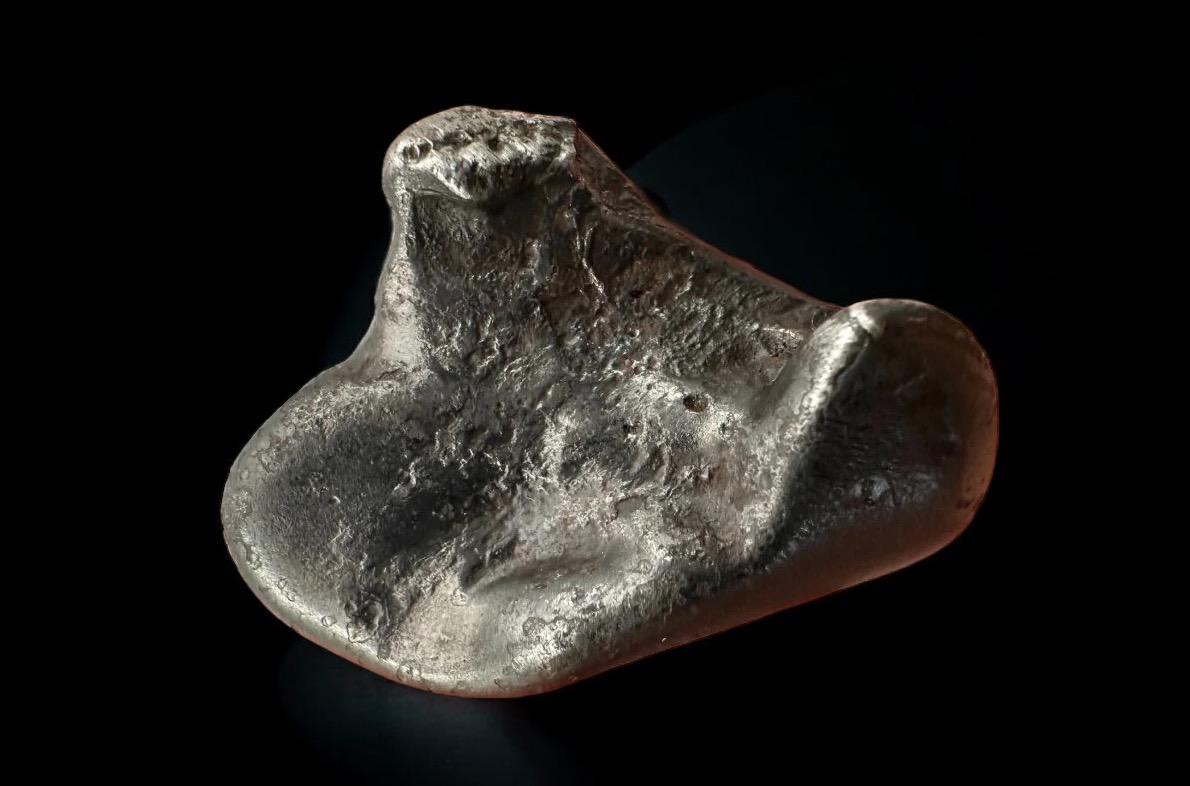
Bendegó
The Bendegó meteorite is one of the largest and most famous meteorites found in Brazil. It was discovered in 1784 by a cattle herder in an area of the state of Bahia. The original weight of the meteorite was approximately 5.36 tons. Bendegó is classified as an iron meteorite with a high iron and nickel content, which is typical of this type of cosmic body.
An interesting part of the Bendegó meteorite's story is the complex process of transporting it from its discovery site. Due to its enormous weight and the technical limitations of the time, the attempt to move it to the capital was very complicated. During the first transport attempt in 1785, the transport structure collapsed and the meteorite remained in place for several decades. It was not until 1888, thanks to more advanced technology and the railway system, that the meteorite was successfully transported to Rio de Janeiro, where it was exhibited in the National Museum of Brazil.
This meteorite is valued not only for its size, but also for its historical and scientific value. In 2018, it survived a devastating fire at the National Museum, which destroyed much of the collection. Bendegó was found intact among the rubble, making it a symbol of resilience and one of the few surviving witnesses to the museum's rich history.

Tatahouine
The Tatahouine meteorite fell in 1931 near the town of Tataouine, Tunisia, and is classified as a diogenite, a type of achondrite originating from the mantle of the asteroid Vesta. Fragments of this meteorite were scattered over a wide area.
As a point of interest, the city of Tatahouine inspired the name of the famous planet Tatooine in the Star Wars film series. Although not many scenes were filmed in Tatahouine itself, surrounding Tunisian desert locations such as Matmata and others have been used as backdrops for desert settings in films. This connection gives the Tatahouine meteorite an even more interesting cultural context that appeals not only to scientists but also to fans of popular culture.
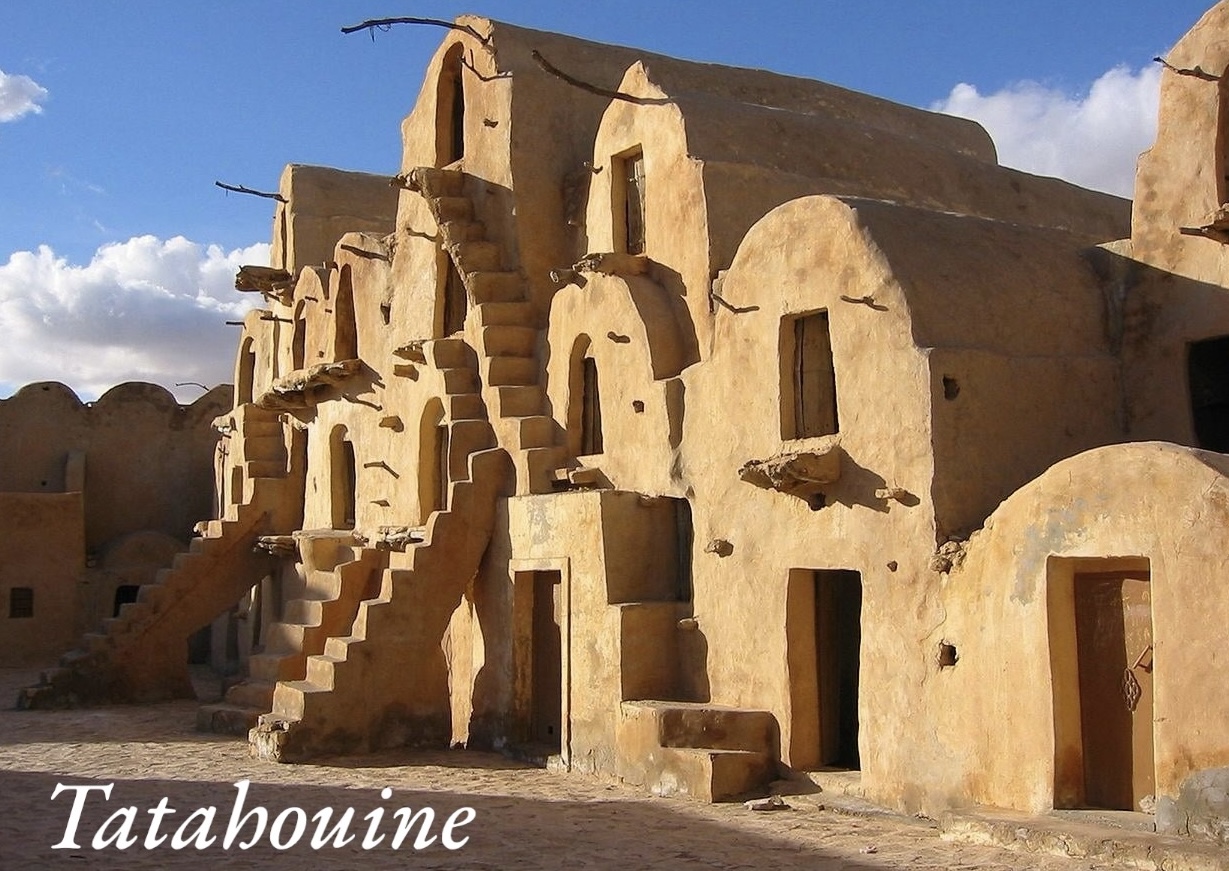
Author: Terezie Laubrova
